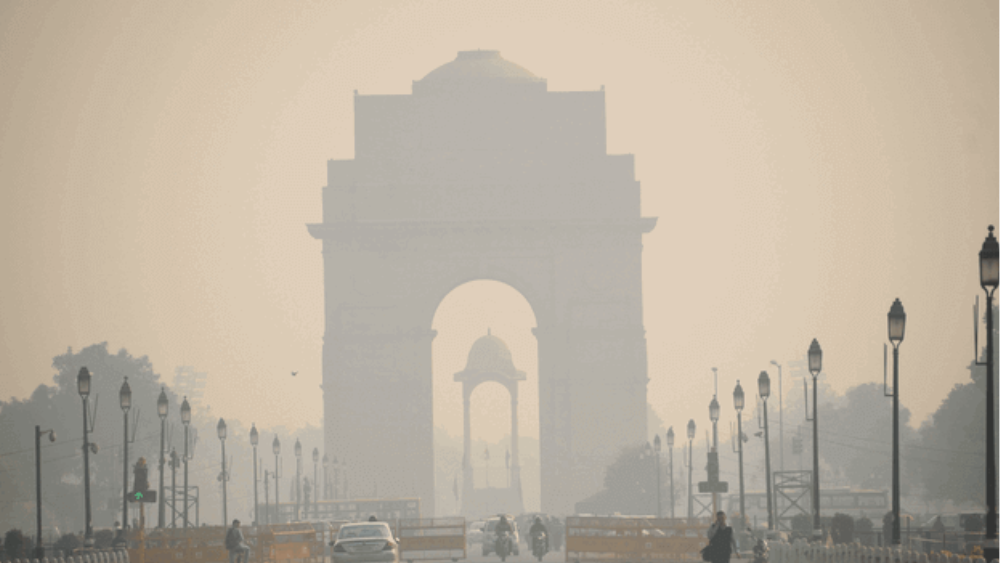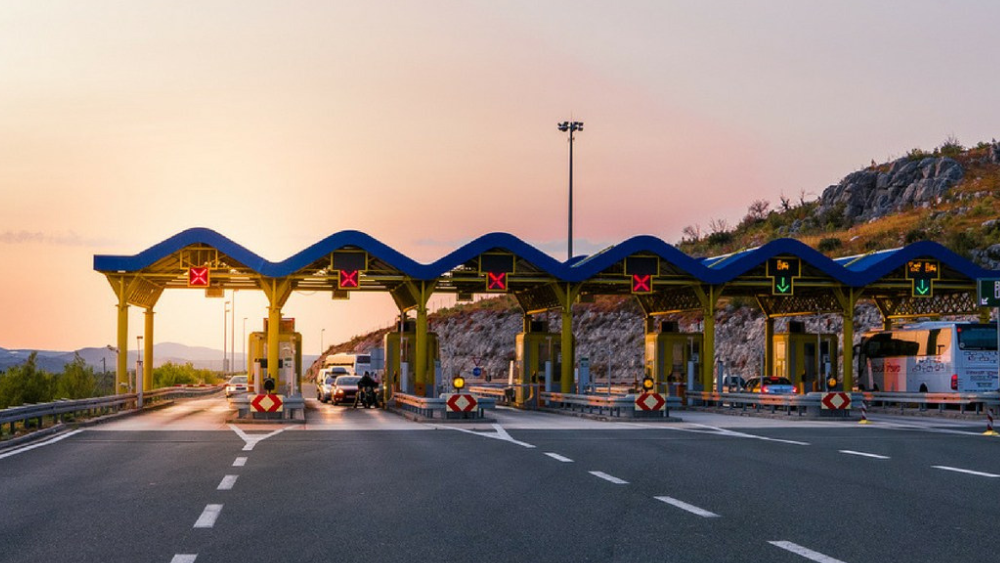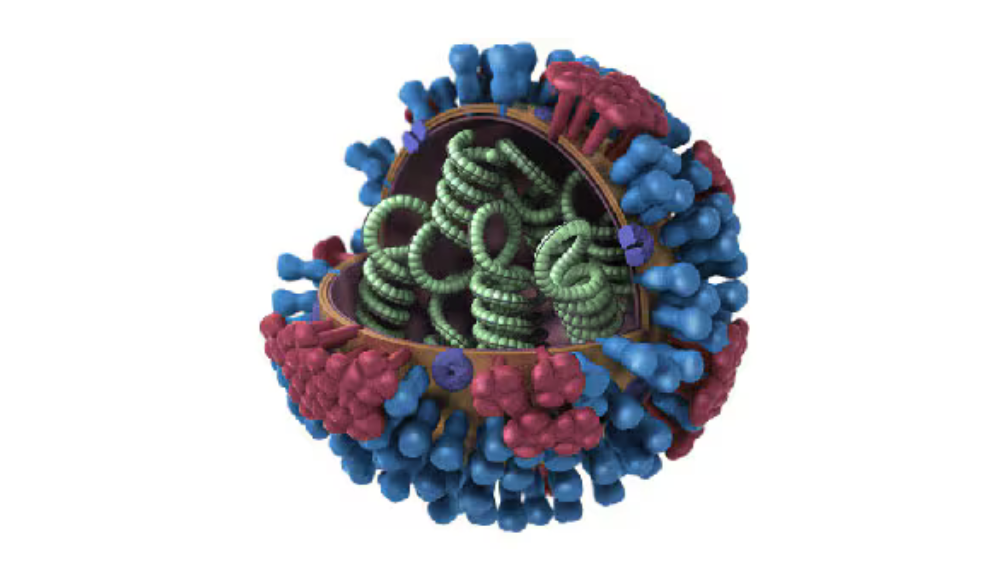
Air pollution in Delhi
Questions :
Will the Minister of ENVIRONMENT, FOREST AND CLIMATE CHANGE be pleased to state:
- whether Government acknowledges the fact that the air in Delhi is not fit enough to breathe;
- if so, the reasons for increase in pollution;
- the steps taken by Government to reduce pollution level under the National Clean Air Programme (NCAP);
- the impact of these steps on pollution in Delhi, the details thereof;
- whether the pollution in Delhi and other cities of the country can be reduced by NCAP; and
- if not, whether Government has proposed plans to run more such clean air campaigns?
ANSWER
MINISTER OF STATE IN THE MINISTRY OF ENVIRONMENT, FOREST AND CLIMATE CHANGE
(SHRI ASHWINI KUMAR CHOUBEY)
(a)to (d)
The major sources of air pollution in Delhi NCR which aggravate during the winter due to unfavourable meteorological conditions include industrial pollution, vehicular pollution, dust from construction and demolition activities, road and open areas dust, biomass burning, stubble burning, municipal solid waste burning, fires in sanitary landfills etc.
Various comprehensive steps are being taken by the Government to control pollution from various sources; especially, the identified regional sources such as vehicular sector, industrial sector, stubble burning, and others which have shown a gradual improvement in air quality. These actions have had a positive impact on air quality and improvement was noted in the year 2021 as CAAQMS data for Delhi reveals that annual concentration of PM has decreased gradually since 2016. Despite increase in number of vehicles, growing population, increased industries activities and adverse meteorology, 27% reduction in PM10 and 22% in PM2.5 in Year 2021 w.r.t 2016 in Delhi was observed. The comparative Particulate Matter (PM) averages and air quality index data is given as Annexure-I.
The steps taken by the Government to improve the quality of air in Delhi including under National Clean Air Programme (NCAP)is given as Annexure-II.
(e) & (f)
Under NCAP, city specific air action plans have been rolled out for implementation in 132 non-attainment cities and million plus cities including Delhi with a target to reduce air pollution levels across the country. These annual action plan with micro detailing of actions approved under city plans, include overall & annual targets, financial details, timelines and responsible agencies.
The activities under city specific action plan include strengthening of ambient air quality network, source apportionment studies, dust mitigation equipment, composting units, infrastructure for non-motorized transport, shifting to clean energy in unorganized sectors, etc. City specific action plans are regularly monitored by committees at central; apex, steering, monitoring and implementation committee; at state; steering, implementation committee and at city level implementation and monitoring committee. it focuses on multi- sectoral sources of pollution including power plants, industries, vehicles, open burning of waste, construction & demolition activities, etc.; inter-ministerial coordination for convergence of actions and interventions; and partnership with institutes of national repute and international agencies as knowledge partners. PRANA, a portal for regulation of air- pollution in non-attainment cities supports tracking of physical as well as financial status of city air action plan implementation and disseminates information on air quality to public.
Under NCAP, grant of Rs. 855.51 crores has been released for initiating actions under city action plan during FY 2019-20 to 2022-23 (till January 25, 2023) including Delhi where grant of Rs 33.75 crores has been released to Delhi for initiating actions under city action plan.
Out of 131 identified cities, decrease in PM10 Concentration has been observed in 95 cities during 2021-22 as compared to levels during FY 2017-18 including Delhi.
****
Annexure-I
Comparative PM averages and AQI data of Delhi
|
Category |
2016
(354 Days) |
2017
(365 Days) |
2018
(365 Days) |
2019
(365 Days) |
2020
(366 Days)* |
2021
(365 Days) |
2022
(365 Days) |
| Good (0–50) | 0 | 2 | 0 | 2 | 5 | 1 | 3 |
| Satisfactory (51–100) | 25 | 45 | 53 | 59 | 95 | 72 | 65 |
| Moderate (101–200) | 83 | 105 | 106 | 121 | 127 | 124 | 95 |
| Poor (201–300) | 120 | 115 | 114 | 103 | 75 | 80 | 130 |
| Very Poor (301–400) | 101 | 89 | 72 | 56 | 49 | 64 | 66 |
| Severe (>400) | 25 | 9 | 20 | 24 | 15 | 24 | 6 |
*COVID year
| Particulate Matter annual averages for Delhi | ||
| Year | PM10 (µg/m3) | PM2.5 (µg/m3) |
| 2016 | 291 | 135 |
| 2017 | 266 | 124 |
| 2018 | 243 | 115 |
| 2019 | 218 | 109 |
| 2020* | 181 | 95 |
| 2021 | 212 | 105 |
| 2022 | 211 | 97 |
*COVID year
Annexure-II Steps taken by Government to improve the quality of air in Delhi
Various steps have been taken for monitoring and management of air quality for reducing air pollution in Delhi. These are as follows:
Vehicular Emission
- Leap frogging from BS-IV to BS-VI fuel standards since 1st April, 2018 in NCT of Delhi and from 1st April, 2020 for the rest of the country.
- Introduction of BS VI compliant vehicles across the country since April,
- Development of Expressways and Highways to reduce fuel consumption and
- Eastern Peripheral Expressway & Western Peripheral Expressway have been operationalized to divert non destined traffic from Delhi.
- Environment Protection Charges (EPC) have been imposed on diesel vehicles with engine capacity of 2000cc and above in Delhi NCR.
- Introduction of cleaner/alternate fuels like CNG, LPG, ethanol blending in
- Promotion of public transport and improvements in roads and building of more bridges to ease congestion on roads.
- Network of metro rails for public transport are enhanced and more cities are
- Ban on 10-year-old diesel vehicles and 15-year-old vehicles in Delhi
- Faster Adoption and Manufacturing of Electric Vehicles (FAME) -2 schemes has been rolled out.
- Permit requirement for electric vehicles has been
Industrial Emission
- Ban on use of pet coke and furnace oil in NCR, use of pet coke in processes in cement plants, lime kilns and calcium carbide manufacturing units.
- Stringent emission norms for Coal based Thermal Power Plants (TPPs).
- Shifting of industrial units to PNG/cleaner fuel in Delhi
- Installation of online continuous emission monitoring devices in highly polluting
- Shifting of brick kilns in Delhi-NCR to zigzag technology for reduction of pollution Air Pollution due to Dust and Burning of Waste
- Notifications of 6 waste management rules covering solid waste, plastic waste, e- waste, bio-medical waste, C&D waste and hazardous waste.
- Setting up infrastructure such as waste processing
- Extended Producer Responsibility (EPR) for plastic and e-waste
- Ban on burning of biomass/garbage.
Monitoring of Ambient Air Quality
- Expansion of air quality monitoring network of manual as well as continuous monitoring stations under programmes such as National Air Monitoring Programme (NAMP).
- Initiation of pilot projects to assess alternate ambient monitoring technologies such as low-cost sensors and satellite-based monitoring.
Monitoring the Implementation of NCAP
- Government has launched NCAP as a national level as a national-level strategy outlining the actions for reducing the levels of air pollution at city and regional scales in India. City specific air action plans have been rolled out for implementation in 132 NACs and MPCs
- Activities in these cities include strengthening of ambient air quality network, source apportionment studies, dust mitigation equipment, composting units, infrastructure for non-motorized transport, shifting to clean energy in unorganized sectors, etc.
- The NCAP focuses on multi-sectoral sources of pollution including power plants, industries, vehicles, open burning of waste, construction & demolition activities, etc.; inter-Ministerial coordination for convergence of actions and interventions; and partnership with Institutes of National repute and International Agencies as Knowledge Partners.
- City specific action plans are regularly monitored by committees at Central; Apex, Steering, Monitoring and implementation committee; at State; Steering, implementation committee and at City level Implementation and Monitoring
- Implementation of Air Quality Early Warning System for Delhi, Kanpur and Lucknow. The system provides alerts for taking timely actions.
- Public Complaints regarding air pollution issues in Delhi NCR are taken through ‘Sameer App’, ‘Emails’ (Aircomplaints.cpcb@gov.in) and ‘Social Media Networks’ (Facebook and Twitter).
- PRANA a portal for monitoring implementation of NCAP has been
Other Actions
- Government is promoting people’s participation and awareness building among citizens for environmental conservation through Green Good Deeds that focus on promotion of cycling, saving water and electricity, growing trees, proper maintenance of vehicles, following of lane discipline and reducing congestion on roads by car- pooling etc.
- Extension of UjawalaYojana to ensure shifting to cleaner
- Swatch Bharat Mission and Waste Management
- The Commission for Air Quality Management in NCR and Adjoining Areas (CAQM) has come out with a policy to curb air pollution in NCR, along with a standard list of approved fuels for NCR for industrial and other applications.




